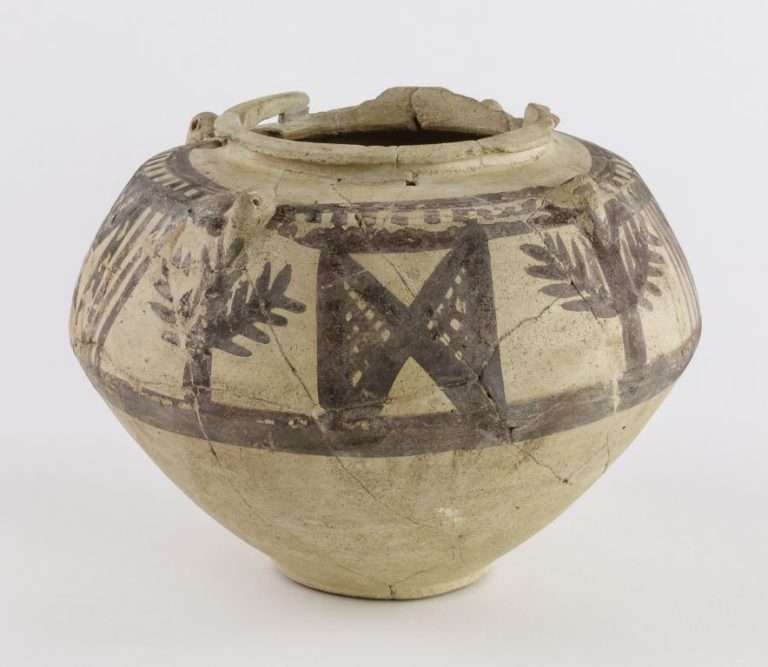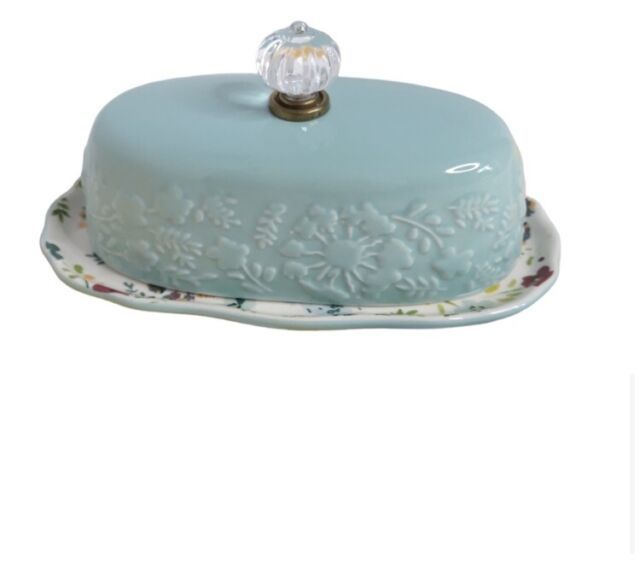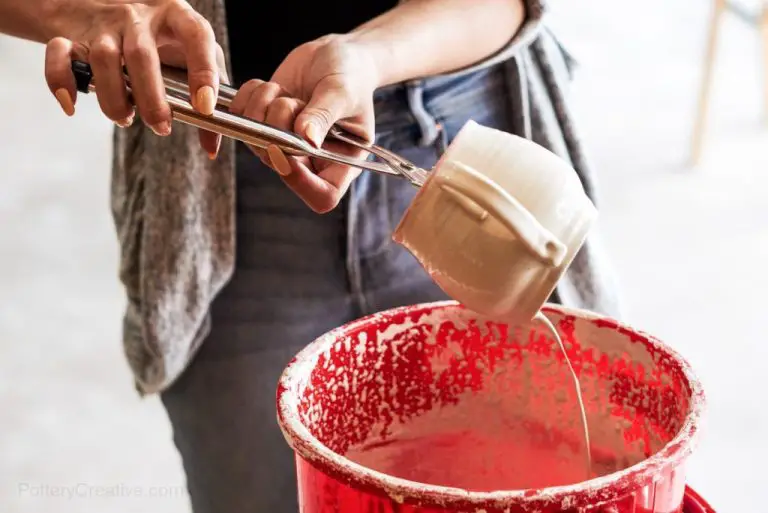Can You Rehydrate Clay With Water?
Clay is a fine-grained natural material made of hydrated aluminum silicates, water, and minerals. It’s composed of clay minerals including kaolinite, montmorillonite-smectite, illite, and chlorite. When clay is allowed to dry out, it loses the water that is chemically bound in its crystalline structure, becoming hard and brittle. Rehydrating or reconstituting clay means adding water back to dried clay to restore its plasticity and workability.
With proper care, most clays can be reconstituted by adding water slowly and allowing time for it to fully absorb. However, some polymer and epoxy clays cannot be reconstituted once hardened. When done correctly, rehydrating clay enables reused of clay that has dried out, saving money and reducing waste.
Why Clay Dries Out
Clay is a porous material that readily absorbs moisture from the surrounding air. Over time, the clay gradually releases this moisture as it dries, which causes the clay to shrink and become less malleable. The moisture leaves tiny gaps in the clay’s structure that prevent it from being as soft and workable.
All types of modeling and ceramic clays are water-based. As the water evaporates into the air, the clay hardens and becomes more rigid. Air drying is an essential part of the clay creation process. However, clay that becomes too dry can be challenging to shape and mold.
Rehydrating overly dry clay restores the moisture balance to bring it back to the proper consistency for sculpting and designing clay projects. Understanding the properties of clay and how it interacts with water allows you to monitor clay moisture and revive dried out modeling clay.
Can All Types of Clay Be Rehydrated?
Not all types of clay can be rehydrated once they have dried out. Polymer clay, in particular, cannot be revived with water once hardened. Polymer clay contains a plasticizer that evaporates over time, leaving the clay permanently hardened. Attempting to rehydrate polymer clay will cause it to become sticky and break down.
Most natural clays, however, can be rehydrated even after fully drying out. These include air-dry clays, ceramic/pottery clays, and modeling clays like Das or Monster Clay. As long as the clay has not been fired at high temperatures, its original moisture content can usually be restored by mixing the dried clay with water.
Some clays may be more difficult to rehydrate if they have dried out completely. The longer the clay has been dried, the harder it becomes to penetrate the dryness. But with proper kneading and mixing, the clay will eventually absorb moisture again.
How to Rehydrate Clay
The most common way to rehydrate clay is to submerge it in room temperature water. Fill a container with enough water to fully cover the clay. Avoid using hot water, as this can alter the clay’s properties. Let the clay soak overnight or up to 24 hours so the water can fully saturate into the clay.
You can also try misting the clay’s surface with water from a spray bottle, then tightly wrapping it in plastic wrap or putting it in a sealed plastic bag. The plastic will trap moisture and help soften the clay. Allow several hours for the moisture to penetrate the clay.
In most cases, letting clay soak in water overnight is the most effective rehydration method. The clay needs sufficient time to absorb the water and become malleable again. Be patient and do not rush the rehydration process. Properly reconditioning clay takes some time, but it can bring dried out clay back to a soft, workable state.
Proper Water Temperature
When rehydrating clay, it’s important to use room temperature or slightly warm water. Avoid using cold water, as this can shock the clay and prevent it from properly absorbing the moisture. Similarly, don’t use hot water, as this can alter the clay’s properties or chemistry and lead to cracking as it dries.
Room temperature and slightly warm water will allow the clay to rehydrate gently without any temperature shocks. As a general rule, tap water that feels neither cool nor hot to the touch is ideal. You can test with your finger to ensure the water is a comfortable temperature before adding it to the clay.
Take care not to overheat water for clay in the microwave, as hot spots can form. It’s safer to let tap water sit out until it reaches room temperature naturally. Proper water temperature helps clay rehydrate smoothly for the best results.
Avoid Over-Hydrating
When rehydrating clay, it’s important not to leave the clay soaking in water for too long. If clay is soaked for an extended period, it can become mushy and lose its structure. The clay particles will absorb too much water, making the clay difficult to work with.
A good rule of thumb is to avoid soaking clay for more than 10-15 minutes at a time. Check the clay periodically as it soaks. Once it regains its flexibility and is pliable to the touch, remove it from the water. Letting it soak much longer risks over-hydrating it.
If you accidentally let the clay soak too long and it becomes mushy, don’t throw it out. Remove it from the water and let it firm up before kneading it. The excess water will eventually evaporate out as you work with it. With some patience, over-hydrated clay can usually be revived.
Being careful not to soak clay too long will ensure it maintains the right moisture content and texture for sculpting and modeling. Monitor the soaking time and err on the side of less water absorption if unsure.
Kneading Rehydrated Clay
After adding water and allowing the clay to soak it up, you’ll need to knead the clay thoroughly. Kneading is a crucial step, as it evenly distributes the moisture throughout the clay body. Without proper kneading, some areas may remain dried out while other spots become too wet.
To knead, press into the clay firmly with your fingers and palms. Stretch, fold and push the clay repeatedly to mix the moistened and drier areas. Continue kneading for 5-10 minutes until the clay feels smooth, flexible and consistent in texture. There should be no cracks, dry chunks or wet clumps remaining. The clay is ready to use once thoroughly mixed. Proper kneading ensures moisture permeates the clay for ideal pliability.
Storing Rehydrated Clay
Once clay has been rehydrated, you will need to store it properly to prevent it from drying out again. The best way to store rehydrated clay is in an airtight container or wrapped in plastic wrap.
Air exposure will cause the clay to lose moisture over time. Placing the clay in a sealed container or tightly wrapping it in plastic will help keep air out and moisture in.
Make sure the storage container or plastic wrap is making an airtight seal around the clay. You may need to press out any air bubbles between the clay and the plastic wrap.
Store rehydrated clay this way in a cool, dry place away from direct sunlight. Stored properly, the clay should remain soft and workable for months.
Signs Clay Needs Rehydrating
One of the most obvious signs that polymer clay needs to be rehydrated is when it begins to crack or crumble. As clay loses moisture over time, it becomes dry and brittle. You’ll notice small cracks start to form on the surface or edges of the clay. If you try to condition it, pieces may begin to crumble or break apart.
Clay that is very dry may also feel hard or stiff and be more difficult to roll out or shape. The texture changes from smooth and pliable to rough. When clay has reached this point, it’s crucial to add moisture back in through rehydration before trying to use it for any projects or sculptures.
Some other signs that clay has become too dry and needs more moisture include clay not sticking together well, showing indentation marks when pressed, holding onto impressions rather than bouncing back, or producing a chalky surface texture when conditioned. Being aware of these signs will allow you to rehydrate the clay before it becomes so brittle it can no longer be restored.
When to Use New Clay
If clay is too degraded or contaminated after rehydrating, it’s best to use new clay. Signs that clay is too far gone include:
- The clay has a foul odor, even after rehydrating.
- Mold or mildew is visibly growing in the clay.
- The clay remains crumbly and won’t hold its shape after rehydrating.
- The clay has been contaminated with grease, dirt, or other substances that affect its properties.
- The clay has been rehydrated multiple times already.
- The clay is extremely old and has been exposed to heat, humidity, or sunlight that have degraded it.
While clay can often be restored through proper rehydration methods, if any of these factors are present, it’s safest to discard the clay and use fresh clay for sculpting or pottery projects.



